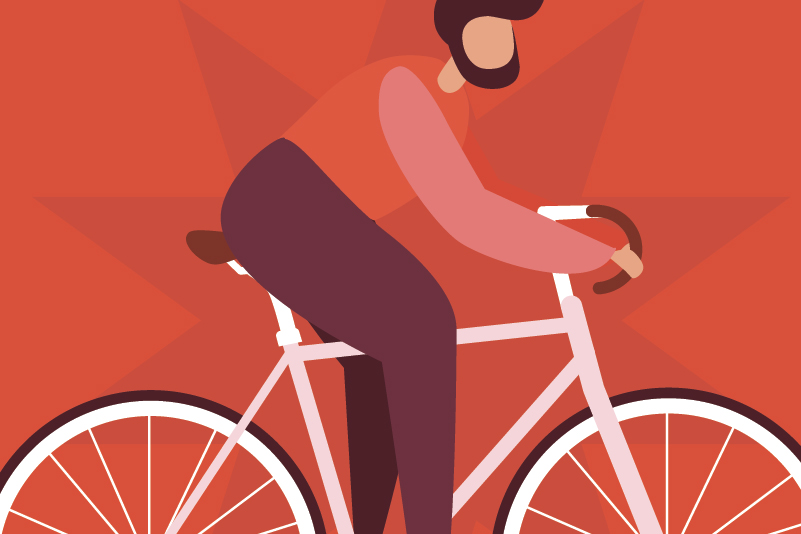#170 Back to activity: When is exercise effective for back pain?

Reading Tools for Practice Article can earn you MainPro+ Credits
Join NowAlready a CFPCLearn Member? Log in
- Systematic reviews of randomized controlled trials (RCTs). All scales out of 100.
- Acute back pain (<6 weeks):
- Advice to stay active versus bed-rest (four RCTs) improved function six points and reduced sick leave (mean 3.4 days).1
- Adding exercise to advice to stay active gave no benefit.2
- Exercise not effective for pain or function.3
- Others report similar findings.4-6
- Advice to stay active versus bed-rest (four RCTs) improved function six points and reduced sick leave (mean 3.4 days).1
- Chronic back pain (>12 weeks): Exercise effective.3,5,7-9
- Motor control exercises (strength and stability, often via physiotherapy)9 versus no intervention reduces pain 10-13 points.
- Others report similar findings. 3,5,7
- Exercise also reduces:
- Recurrent back pain episodes by about 50%, with Number Needed to Treat (NNT)=4 over ½-2 years.10
- Others11 report NNT=8.
- Use of sick-leave, NNT=6 over one year.11
- Others find similar.12,13
- Recurrent back pain episodes by about 50%, with Number Needed to Treat (NNT)=4 over ½-2 years.10
- Motor control exercises (strength and stability, often via physiotherapy)9 versus no intervention reduces pain 10-13 points.
- Types of exercise:
- Some report that motor control exercises are better than other exercises,7-9 but the differences are likely clinically irrelevant or small (pain ~4-8 points).7,9
- Others report:
- Aerobic activity (like running or walking) effective.14
- Other studies similar but strength of evidence for walking is low.15,16
- Pilates reduces chronic pain ~14 points versus advice to do normal activities or similar but is not better than other activity.17
- Others studies inconsistent.18
- Aerobic activity (like running or walking) effective.14
- Limits: Studies were often inconsistent, making pooling and definitive conclusions difficult.2,4 Some studies use reporting methods that have little clinical relevance.8,13,14
- NSAIDs19 and strong opioids20 reduce chronic back pain ~3-9 points, which is typically less than that seen with exercise.
- Guidelines for both acute and chronic back pain recommend remaining active and exercise.21
- Some research suggested supervisor programs or self-management programs may improve adherence.22
- More exercise sessions improves the effect.23















Confirms my practice WRT LBP.